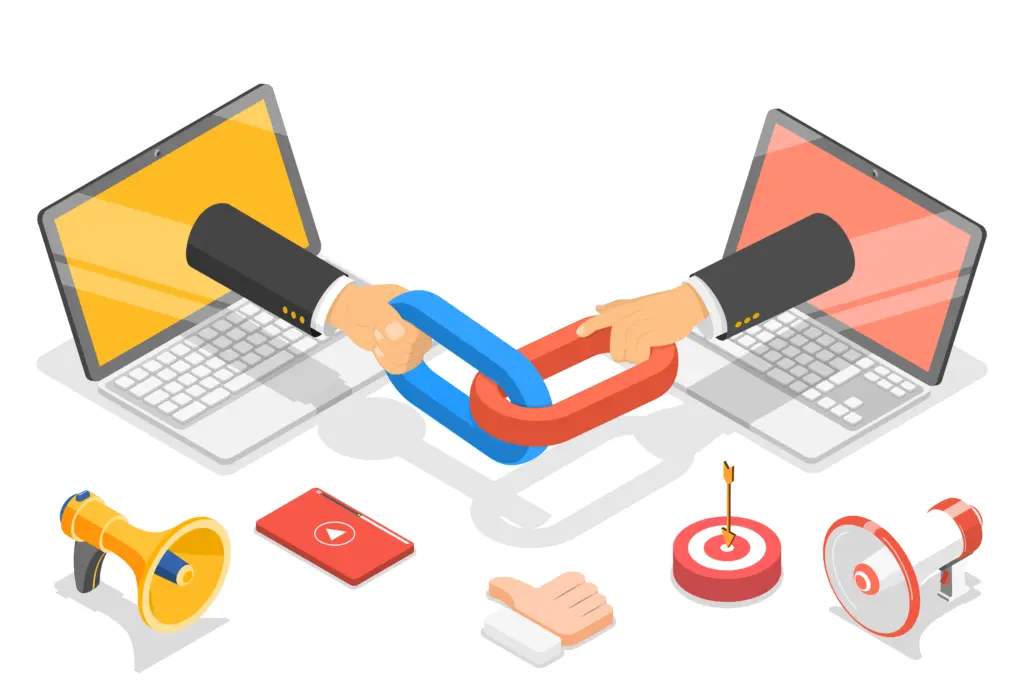
15 Sep Improving Your Website’s SEO with Audits

Unlocking SEO Success: Your Friendly Guide to Website Optimization
Welcome to the world of SEO, where your website’s visibility on search engines can make or break your online presence. Whether you’re a knowledgable business owner, or just dipping your toes into the SEO waters, this guide is here to help you understand the ins and outs of website optimization and why it’s so vital to the success of your business.
First Things First: Building a Strong Foundation – Website Structure and Technical SEO
Your website’s structure is like the blueprint of a house. A solid foundation ensures everything else falls into place smoothly. Let’s take a look at some key elements of technical SEO.
Check Those HTML Tags
HTML tags are the building blocks of your web pages. They include the title tag, header tags (H1, H2, H3), and meta tags. These tags help search engines understand your content. Ensure they are used correctly and thoughtfully. You want these to make sense.
Don’t Forget the Sitemap
Imagine a map for your website, or and org chart – that’s what an XML sitemap is. It guides search engine bots to all your important pages. Make sure it’s not only present but also functional.
Taming the Robots
Robots.txt is like a bouncer for your website. It tells search engines which parts they can access and which they should steer clear of. Make sure it’s correctly configured to avoid unnecessary restrictions or pages that just aren’t necessary for a bot to visit.
Keep It Readable
Your website’s URL structure should be short, sweet, and descriptive. A jumbled mess of characters won’t do you any favors. Clean, readable URLs are the way to go. You can go with our tried and true method of a *K.I.S.S (Keep it Simple Silly).
Need for Speed
Site speed and mobile-friendliness are vital for user experience and rankings. Tools like Google’s PageSpeed Insights, Mobile-Friendly Test, and GTMetrix can help you assess and improve these aspects. You want your site to be mobile-friendly, so test out any changes you may make to ensure they translate to mobile devices properly.

Next Steps: Keywords – Your SEO Building Blocks
Keywords are the words and phrases people use to find content online. A solid keyword strategy is essential and needs to take users where they need to go.
The Keyword Strategy Check
Review your website’s current keyword strategy. Are your keywords relevant to your content and audience? Have they been thoroughly researched? Ensure they are placed appropriately in your content. You wouldn’t want someone to search for “cake recipes” and end up on a page talking about birthday party decor.
Beware of Keyword Stuffing
Keyword stuffing is a big no-no. Don’t overuse keywords to the point where it sounds unnatural. Maintain a healthy keyword density that makes your content flow smoothly.
Refresh and Revamp
Based on your keyword research, consider adding or deleting keywords from your content. Keep it updated to stay relevant. Use different variations of the keyword to not be overly repetitive.
Content is King: Crafting Quality SEO Content
Content is king, as they say. But it’s not just about quantity; quality matters too. This isn’t a scenario where you want to just throw ideas out there and see what sticks. Be ready to research and stategically plan how and where your content is posted.
The Quality Check
Take a close look at your existing content. Is it informative and relevant? Ensure it’s unique and not duplicated from other sources.
Heading in the Right Direction
Headers (H1, H2, H3) help structure your content. Make sure they are used appropriately and enhance readability.
Spice It Up
Multimedia elements like images, videos, and infographics can engage your audience better. Incorporate them when relevant.
On-Page SEO – Making Every Page Count
Now that your content is in tip-top shape, let’s focus on optimizing your individual pages.
Crafting Meta Magic
Meta titles and descriptions play a role in click-through rates from search results. Make them compelling and relevant to each page.
Friendly URLs
SEO-friendly URLs are short, descriptive, and easy to read. They help both search engines and users understand what a page is about.
Weaving Internal Links
Internal links connect different parts of your website. They enhance navigation and can boost your SEO. Look for opportunities to include them in your content. As one might say, lead your clients further down the rabbit-hole of your website.
The Canonical Conundrum
Canonical tags are used to specify the preferred version of a page when duplicate content exists. Ensure they are in place where necessary.
Structured Data – Your SEO Superpower
Schema markup, or structured data, can provide additional context to search engines. Implement it where applicable to enhance your listings in search results.

Backlinks – Building Bridges to Authority
Backlinks are like votes of confidence from other websites. They demonstrate your authoritativeness and trustworthyness from your peers.
Quality Over Quantity
Analyze your website’s backlinks. Are they from reputable and relevant sources? If not, it’s time to clean house and get rid of them.
Say No to Toxic Backlinks
Toxic or spammy backlinks can harm your SEO efforts. Identify and disavow them to keep your backlink profile healthy.
Anchor Text Harmony
Monitor the distribution of anchor text in your backlinks. A diverse mix is preferable to avoid over-optimization.
User Experience – Making Visitors Feel at Home
A great user experience is key to keeping visitors on your site. Is your website easy to navigate? Are your call to actions clear and easily found? Lets explore how people use your website.
Navigate with Ease
Check your website’s navigation and site architecture. Make sure users can find what they’re looking for effortlessly.
Mobile Matters
With the majority of web traffic coming from mobile devices, ensure your site is responsive and usable on phones and tablets.
The Dreaded 404s
Broken links and 404 errors can frustrate users. Regularly check for them and fix any you find.
Call to Action Clarity
Every page should have a clear call-to-action (CTA) that guides users on what to do next, whether it’s signing up, making a purchase, or contacting you.
Tackling Technical SEO Issues
Technical issues can hinder your website’s performance, and lead to a poor user experience. So, before your users bounce off your site and to the next search option available, make sure you check out the following.
Hunt for Broken Links
404 errors can be a real buzzkill for users and search engines. Regularly scan your site for broken links and fix them promptly.
Duplicate Content Dilemma
Duplicate content can confuse search engines. Identify and address any instances of duplication.
Server Woes
Server errors, like the dreaded 5xx errors, can disrupt user experiences. Resolve them as soon as possible to keep your site running smoothly.

Local SEO: These are the People in Your Neighborhood…
For businesses targeting local audiences, local SEO is crucial There are tons of local business directories and listings that can improve your local search. From ads in local online papers to sponsoring local sports teams, you can grow your local seo presence and gain a good reputation in your area.
Google My Business Optimization
If you have a physical location, optimize your Google My Business listing with accurate NAP (Name, Address, Phone) information. Post pictures and updates to ensure you have fresh content on your listing. Answer your reviews and customer questions on your site.
Reviews Matter
Encourage customer reviews and ratings on platforms like Google, Yelp, and Facebook. Positive reviews can boost your local visibility, and again, respond to your reviews. Guests likme to see that businesses are interactive and care about their feedback.
Local Structured Data
Implement local structured data to provide search engines with specific information about your business location, hours, and more.
Analytics and Reporting – Keeping a Close Eye
SEO is a continuous journey, and data is your compass. Let’s set up your tracking system so you can measure your progress.
Meet GA4 and Google Search Console
Set up Google Analytics 4 (GA4) and Google Search Console to monitor your website’s performance and gather valuable insights.
Tracking Your Progress
Regularly monitor website traffic, user behavior, and keyword rankings. Use this data to adjust your SEO strategy as needed.
Staring Down Your Competition
Your competitors can provide valuable insights and give you ideas on content they may be missing out on! Keep a close on what they are doing that is successful, and find potential areas that you may be able to outshine them.
Who’s in the Ring?
Identify key competitors in your niche. Who are they, and what are they doing differently? What looks like it may be driving success or sales for them?
Uncover Their SEO Secrets
Analyze their SEO strategies, keywords, and backlinks. What can you learn from their successes and how can you implement a winning strategy in your own organization?

